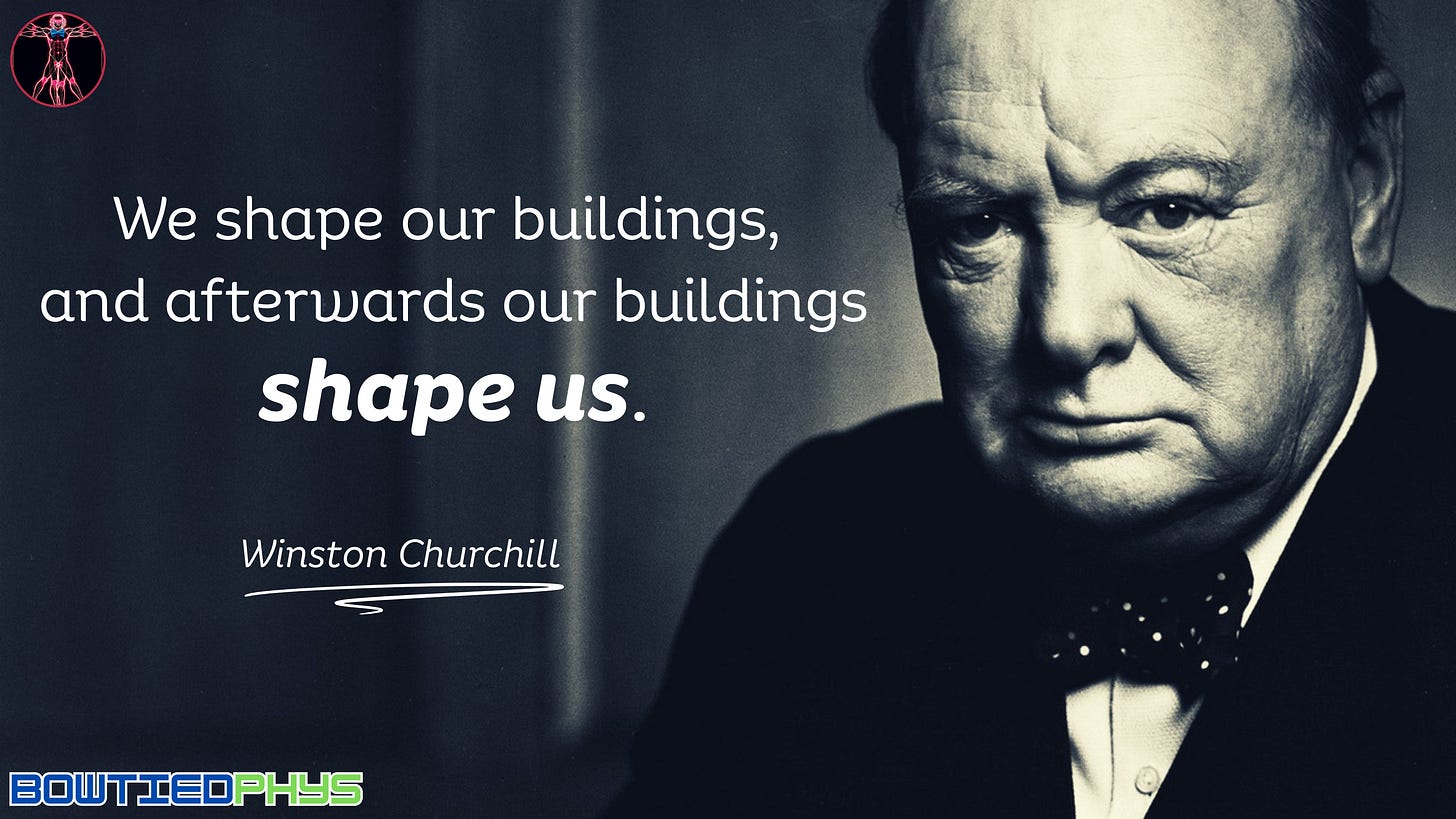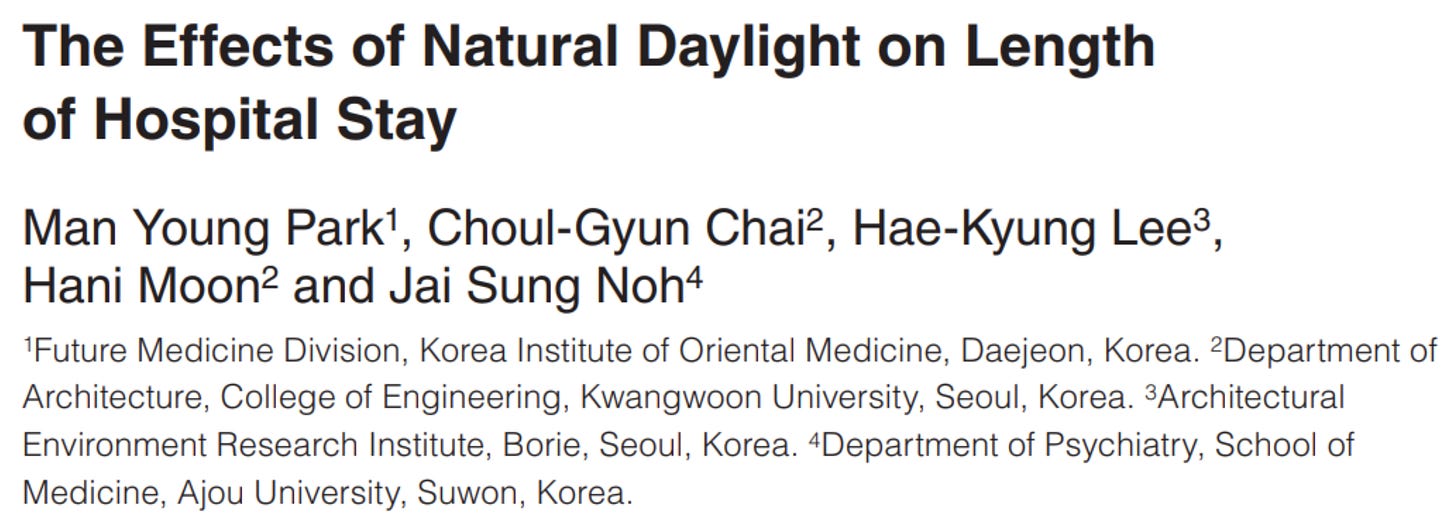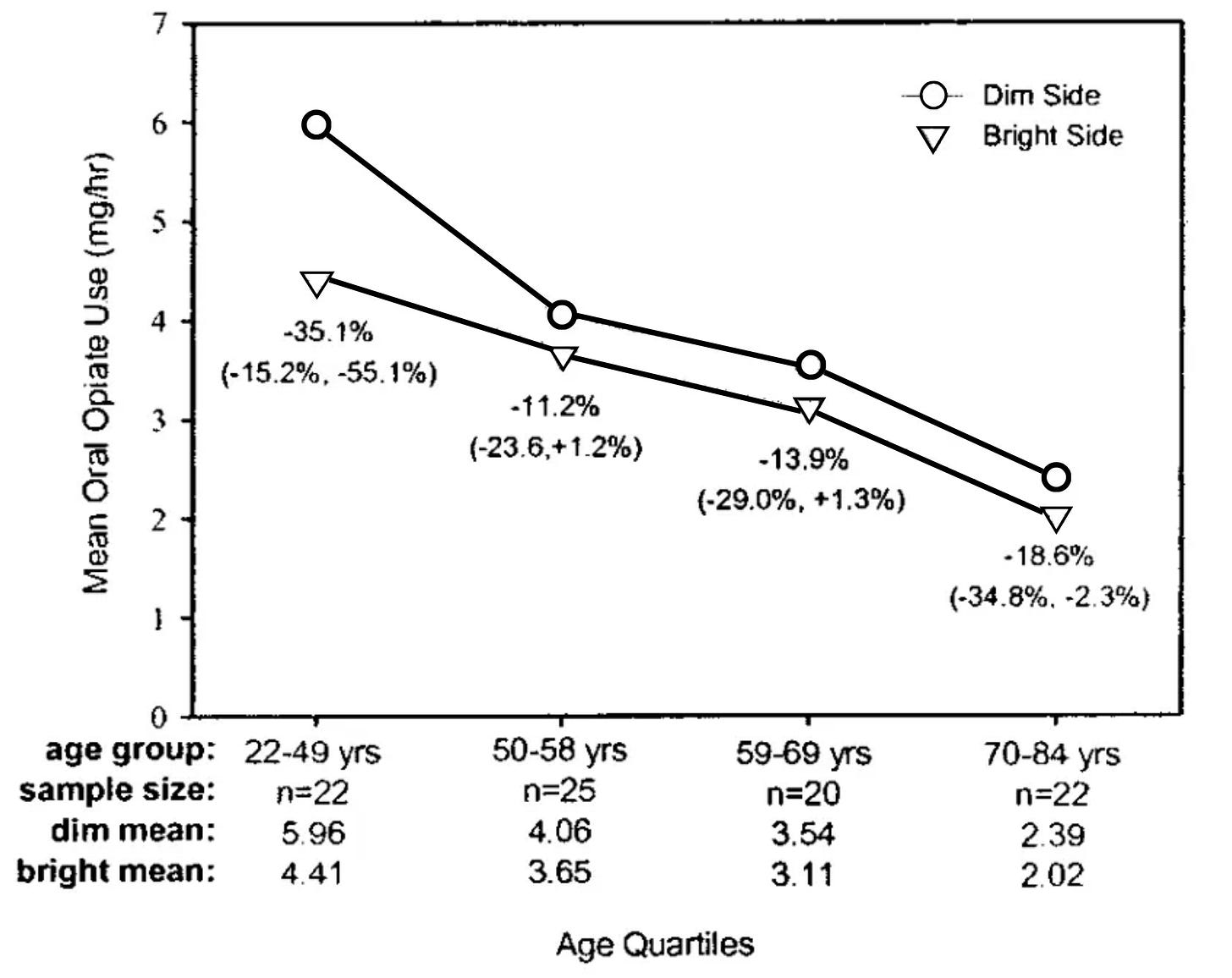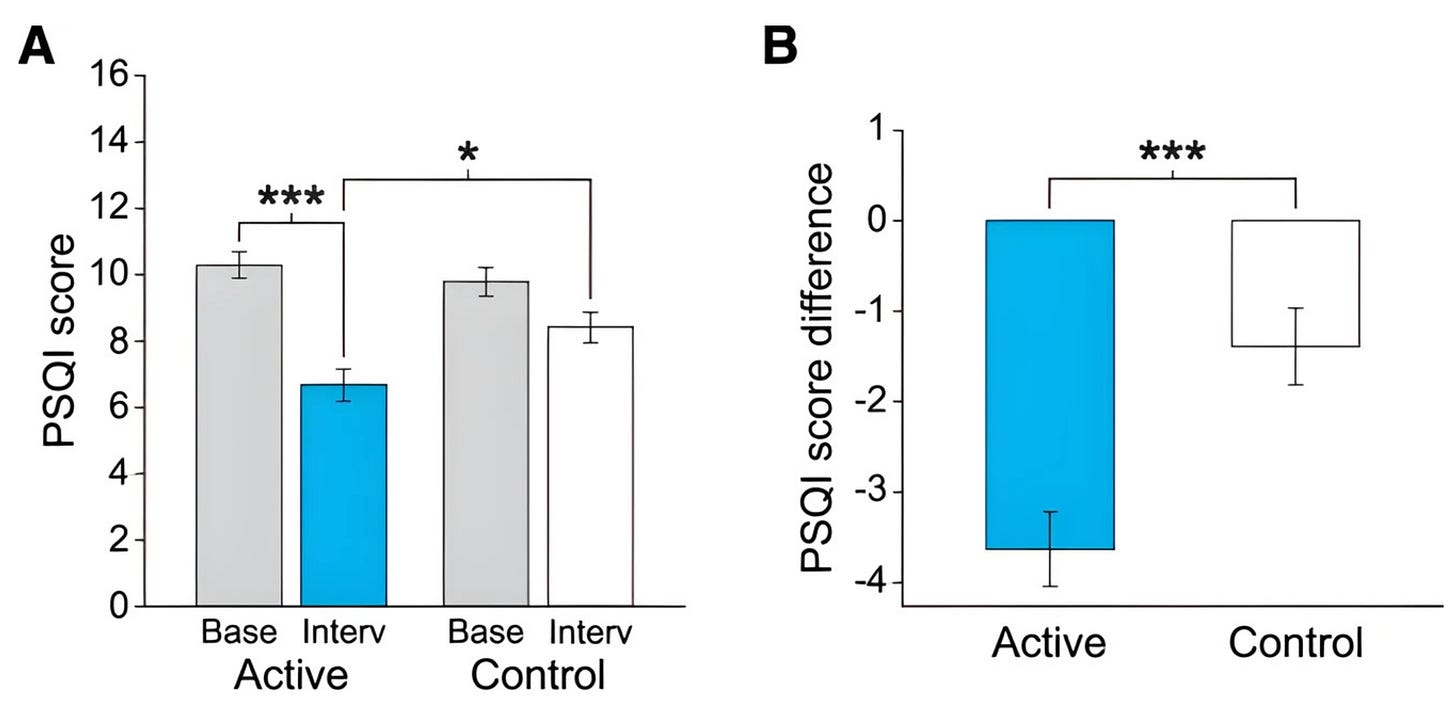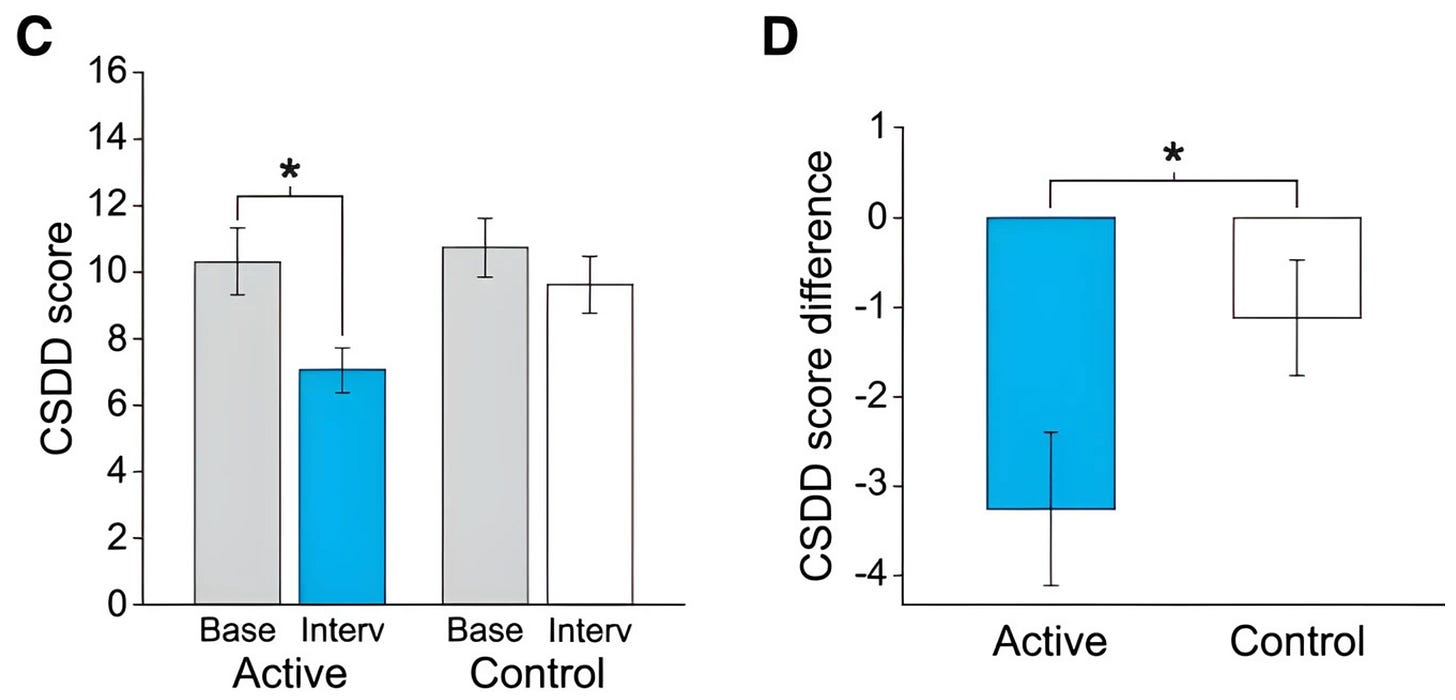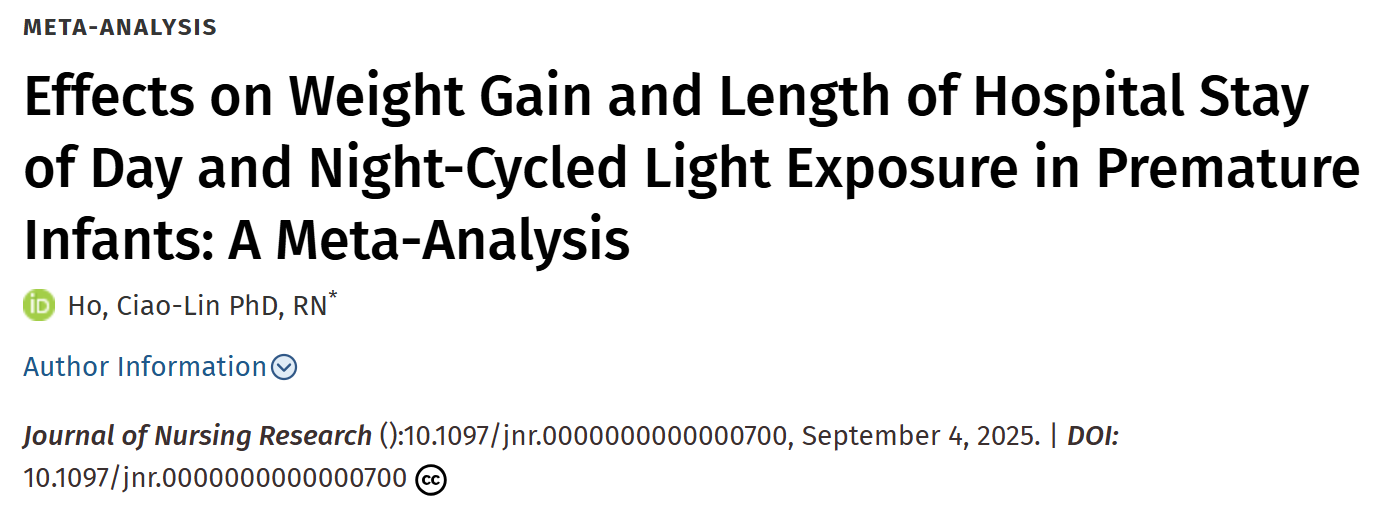How Our Healthcare Buildings Fail Our Most Vulnerable
The most critical nutrient needed to dramatically cut hospital stays, medication costs, & patient suffering
Nowhere is this architectural truth more consequential or more tragically overlooked than in our hospitals & nursing homes.
Institutions housing the populations requiring the healing effects of sunlight most desperately: the sick, the elderly, the premature, & the healing. Yet by design, they’re the environments least likely to provide access to our most critical natural gift.
The irony of it all is real. We've created healing environments actively work counter to one of nature's most fundamental therapeutic forces. Meanwhile a component to shorter hospital stays, reduced medication needs, better sleep, & improved outcomes stares us in the face each morning.
You might not like it - but this is a grassroots movement. And the trajectory for us to turn back the clock to restore our healing relationship with the sun starts with you.
Case #1: More AM Light = Shorter Hospital Stay
Across 187 bipolar depressed inpatients split into eastern or western rooms, patients facing east (exposed to direct morning sunlight) had on average a ~3.7-day shorted hospital stay than those in western-facing rooms.
Case #2: Take the Window Seat
In an 85k population of hospital patients, those with beds near a window had ~0.5 days shorter stays than those placed near doors.
Case #3: Brighter Days → Fewer Meds → Lower Costs (Win-Win-Win)
Spinal surgery patients in brighter hospital rooms (46% more sunlight) used 22% less pain medication, had 21% lower medication costs, & reported less stress/pain during recovery relative to those in dimmer rooms.
Not yet convinced of the sun’s therapeutic benefits?
The Medical Establishment's Deadliest Lie: How Sun Avoidance Is Systematically Destroying Our Biology
Modern medicine has had its fair share of blunders over the past half century. Biggest of all: sun-fearing reductionist dogma.
Case #4: Face Southeast
Across 1,167 hospital patients, those in southeast-facing rooms (higher daylight) had 16-31% shorter stays compared to northwest-facing rooms. Southeast rooms averaged 200 lux higher illuminance & showed significant reductions in length of stay.
Case #5: The 30-Minute Sleep Solution

24 nursing home residents receiving sunlight exposure showed significant sleep quality improvements - 75% reporting sleep onset < 30 minutes relative to 50% at baseline. The sunlight group had reduced sleep disturbance & improved across all sleep indices.
Case #6: Natural (Full-Spectrum) > Artificial
A 24-week study of 69 nursing home residents with dementia found that bright light therapy (1000 lux, 6000K) from 10 AM to 3 PM significantly improved sleep quality compared to standard lighting.
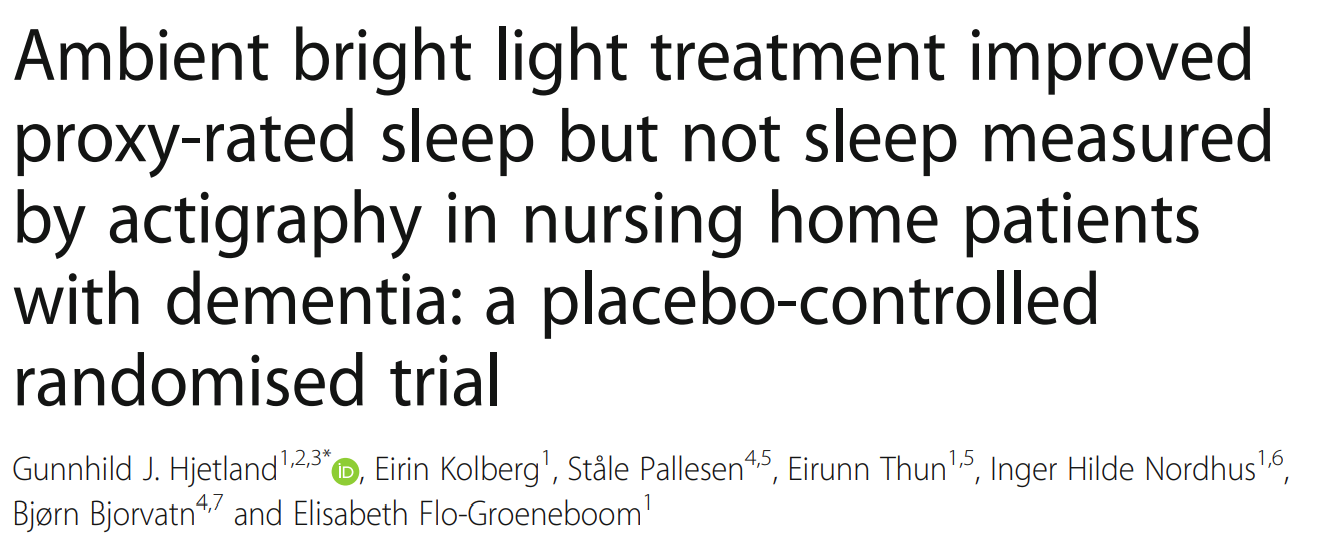
Case #7: Light-Sleep Synchrony

A 14-week crossover study found that circadian-driven lighting improved sleep quality in 46 dementia patients, reducing Pittsburgh Sleep Quality Index scores from 10.3 to 6.7 & depression scores from 10.3 to 7.1.
Case #8: Window to Healing
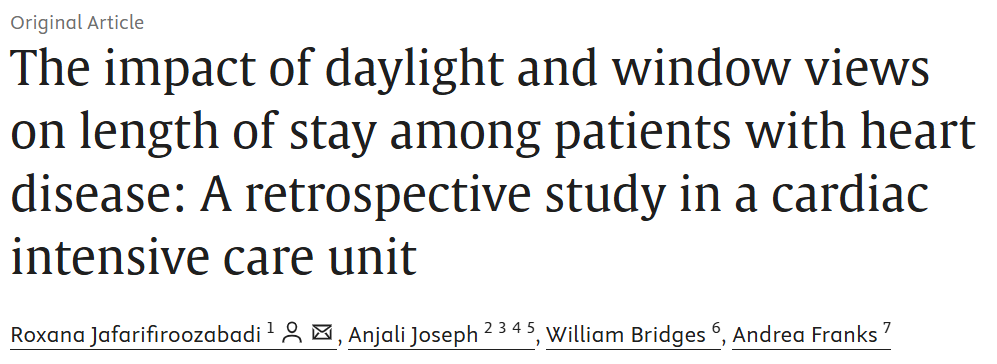
2,319 cardiac patients in rooms with daylight and window views had 16.8 hr shorter stays than patients in windowless rooms.
Case #9: Circadian Advantage in the NICU
A 10-study meta-analysis showed that premature infants under day/night cycled lighting had hospital stays 7.5 days shorter and better weight gain compared to those under continuous bright or dim lighting.
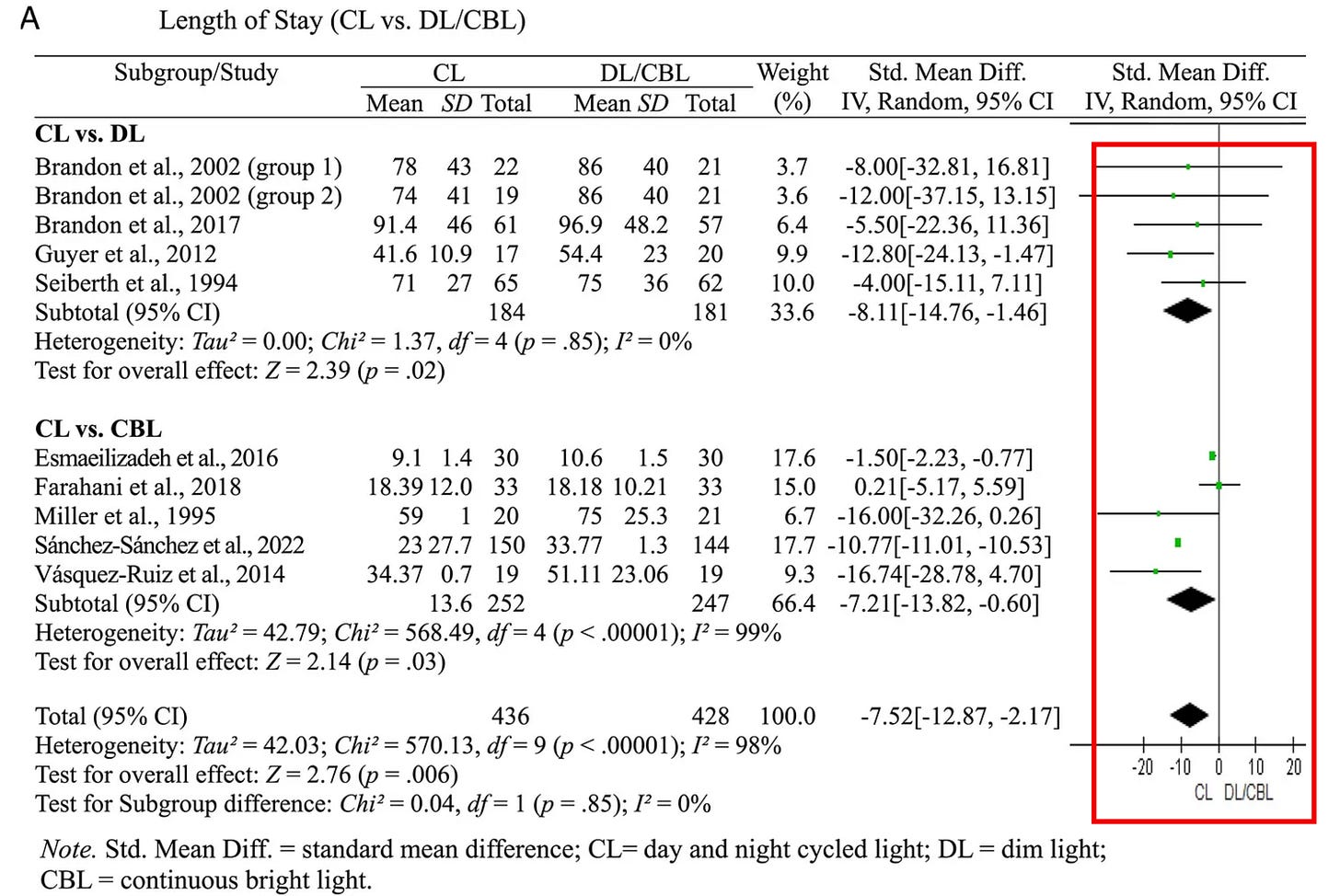

If you take away one thing here, let it be this: become the advocate. For you. For your family. For your community. The responsibility falls to you.
Request a window bed.
Question why curtains stay drawn.
Advocate for outdoor time when possible.
Don’t simply settle for “we can’t” or “we aren’t permitted to”.
The healthcare system spent decades advancing everything from biotech solutions to pharmaceutical protocols, however ignored the most fundamental environmental factor affecting human health → our natural diurnal rhythm governed by light.
Stay healthy,
BTP



